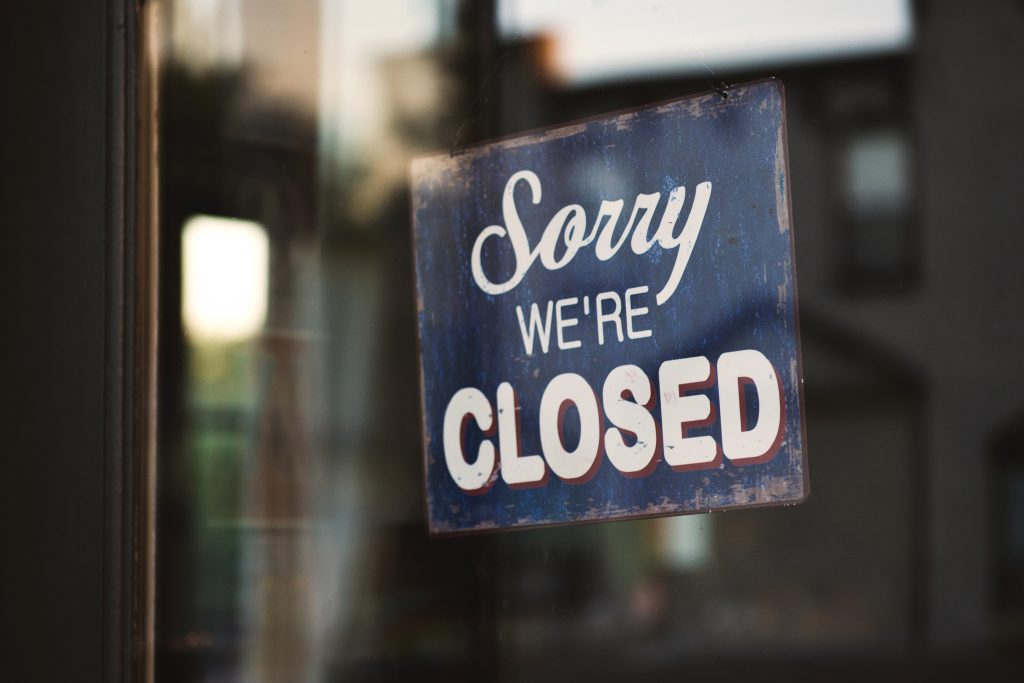There’s significant financial services disparity in the southern region of the U.S., particularly in regards to branch presence, bank account access, and capital availability for mortgage and small business lending, according to data from the Consumer Financial Protection Bureau (CFPB).
The study examined several states, including Alabama, Arkansas, North Carolina and Tennessee, and found that the lack of bank or credit unions has created “banking deserts,” in these local communities. Essentially, areas that are restricting individuals from conveniently opening bank accounts, and overall, hampering the opportunities for lending and investment in these areas. According to the report, the south has 3.6 branches per 10,000 people compared to 5 branches per 10,000 people nationally.
Uneven access to financial services perpetuates socioeconomic disparities and reinforces existing inequalities. Rural communities and communities of color, in particular, bear the brunt of this limited financial access. Low income, rural, and minority communities receive less lending than similar communities elsewhere in the U.S.
Indeed, CFPB noted that:
Initial analysis shows credit scores alone do not explain these lower levels of lending. Even among high-credit score borrowers (680 or above) in both rural and non-rural areas, applicants of color experience higher denial rates than white applicants. For example, high-credit score Black applicants in rural areas experience a 17 percent denial rate, compared to 14 percent for those in non-rural areas. For high-credit score white borrowers, the denial rates are 9 percent in rural areas, compared to 7 percent in non-rural areas. For both low- and high-credit score borrowers, rural southerners overall are denied at higher rates. For example, low-credit score borrowers in rural areas experience a 29 percent denial rate, compared to 27 percent in non-rural areas.
The increase in online banking could partly explain the dearth of bank locations highlighted in the report. In fact, during the pandemic, more consumers banked at home without stepping foot into a physical branch location—and this shift was felt nationwide.
However, online banking doesn’t explain the lack of approval for lending, compared with other areas.
Despite rural southerners applying for home loans at a similar rate to consumers nationwide, their applications are more likely to be denied compared to other rural areas and the rest of the country. Physical branches that still remain are at an advantage—and can charge higher rates—due to the lack of competition for rural loans. That said, the primary cause of these discrepancies remain unclear.
